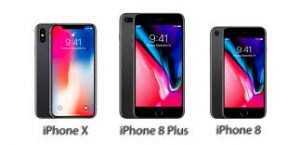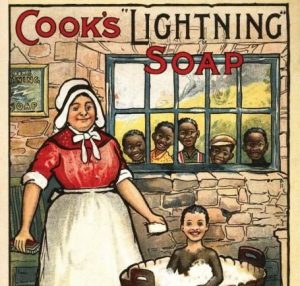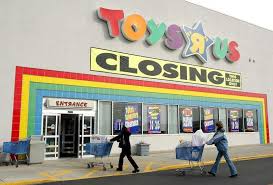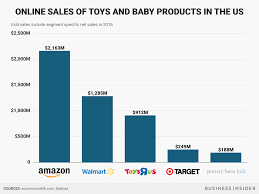After our class where we learned about BHAG’s, there was something that kept bugging me. How could one have a Big Hairy Audacious Goal with a tangible way of breaking it down into feasible steps? Isn’t the whole point of a BHAG to have a wild idea? The answer to this came from one of the most technologically advanced and unique company’s that exists today: X.
X (formerly known as Google X) is a company that thrives on having BHAG’s, in fact, that’s all that they do. They look for big problems in our world and fix them with a radical solution using breakthrough technology. They call these solutions “moonshots” referencing JKF’s BHAG of getting a man on the moon in the 1960’s. X seeks to solve these problems not by 10% but by 10x more. When I read through their company’s website, something became very clear to me. X is able to have such crazy BHAG’s because they encourage failure.

Source: BIM + Integrated Design
Astro Teller, so called “captain of the moonshots” once stated in a Ted Talk that X not only encourages, but also congratulates failure. One of the main objectives at X is to “run as fast as [they] can at all the hardest parts of a problem, and try to prove that something can’t be done.” 95% of moonshots fail as a result which seems like a very unsustainable business model for a company and yet, they’re still here.
The reason X is still around alive and well is because of the 5% of these crazy ideas that end up making it past all the rigorous testing. These projects usually have massive implications on improving our society. A couple successful projects recently included “Google brain”, a supercomputer that can teach itself using a method called “deep learning”. Another project is Wyamo, which is a self-driving car that has already clocked over 2.3 million km on the road.
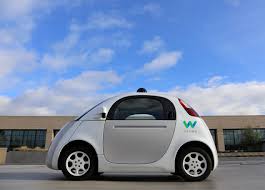
Source: Waymo
Ultimately, the world is becoming much more interconnected through the use of the Internet. Daniella Moretti touched upon the role of e-commerce in her blog, which talked about Amazon. Amazon is currently looking into using drone technology to further this technological movement, which is something X is doing as well. One of the current projects X is working on that Astro Teller is in charge of is Project Wing. This is a project to get drones to deliver goods in the air, which makes shopping easier and more environmentally friendly.

Source: Wired
Overall, X is able to put out these crazy BHAG’s not just through ambition and hardwork, but also through encouraging failure. Through failure comes new ideas and greater successes, which can typically have a much greater impact on our daily lives.
Word Count: 448
